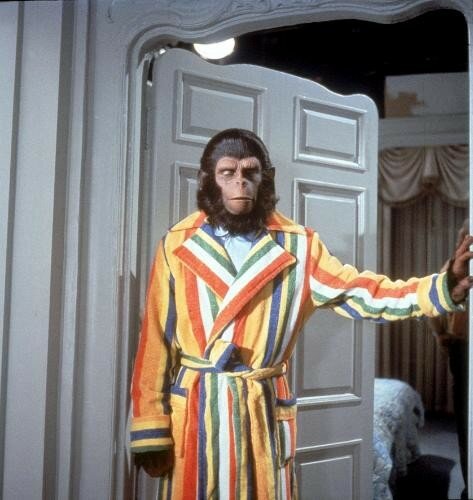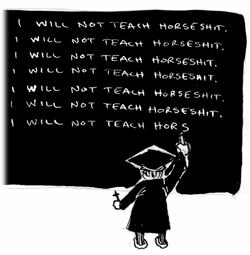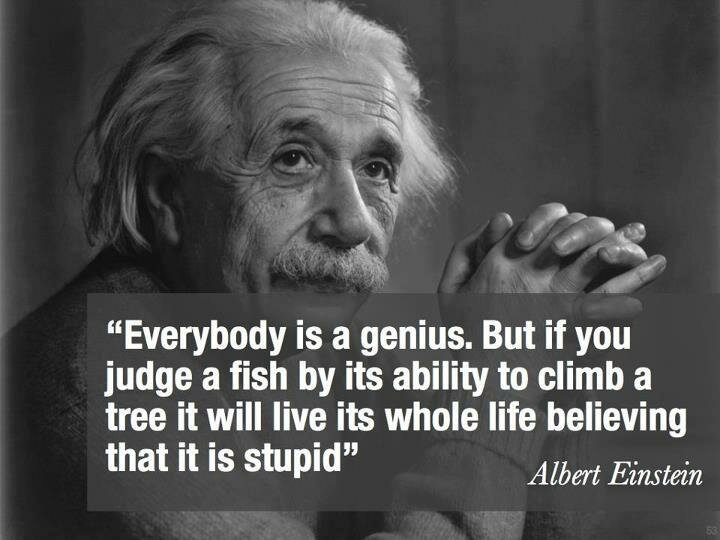As a sociologist I often get heartburn listening to others talk about evolution. As every sociology student knows, from the time Herbert Spencer first coined his "survival of the fittest," Darwin's thoughts have been used, misused, and exploited in service of the status quo. You beat somebody down? You dominate another in business? You accumulate obscene wealth? You create a thousand losers for every winner? That's the natural order of things. Like Darwin NEVER said, survival of the fittest. But times they are a changin. From over due behavioral corrections, fresh air research onthe stupidity of competition (ya I said it), to this provocative article that suggests that having "big winners" is bad for our general survivability, we scientists are starting to reclaim our truths from the social classes that have exploited it. Yay team!

A Threat to the Species?
Darwin’s 1859 groundbreaking theory of Natural Selection presented in The Origin of Species is widely accepted by the scientific community. The basics of this theory are that favorable heritable traits become more common in successive generations. Over time, this process may result in adaptations specializing organisms for particular ecological niches and may eventually result in the emergence of new species. It seems today that the principles laid by Darwin extend way beyond the development of organisms and are applicable to a wide range of social and technological processes.
Many tend to mistake the favorable traits for survival with the strongest ones. However, observing many different groups of species over many generations’ reveals that the characteristics associated with survival and flourishing were not always those that made the species the strongest, most beautiful, or even of highest intellectual properties. On the contrary, the highest capability of survival relates to those heritable traits that favor an “averaged optimum”, that is, those qualities that on one hand well address a wide range of challenges, but on the other hand do not compromise or threaten members of the group or of similar groups. In this way the ecological or social niche within which they can survive remains broad. Favoring an “averaged optimum” results in gradual and modest changes in the heritable traits of the dominant majority. While the most powerful and exotic breeds often face constant threat of extinction, varieties of the same species that are neither threatening nor exotic increase in numbers. For example, while leopards (free and those in captivity) are nearly extinct, their species-related cats face no general threat. Being powerful and unique may present an inherent inability to survive over time.
These principles seem to be equally relevant and applicable to processes within human society, especially as relates to an individual’s evolution within large organizations. Therefore, the promotion of an individual with a broad range of “good” talents, who does not impose great threat to colleagues, seems to be more natural than the promotion of an exceptionally talented individual who may pose such threat. Similar constraints seem to apply also when in politically-oriented organizations a leader must be chosen. In such organizations, an individual with an “averaged optimum” who can co-exist and not compromise the interests of the broadest number of members is the most favorable candidate to be selected.
In genetics, the evolution of a superior strain that endangers the survival of other weaker strains would most likely have a negative effect on overall survival as it would be more vulnerable to future genetic flaws. Therefore, a variety of strains of similar averaged potential “strength”, covering a wide range of genetic characteristics present a more viable option, even when compared to a single “super” strain.
Similarly, in the world of technology there is great concern that the evolution of a single “super technology” in a given field can stifle overall development. In this scenario, similar technologies with different approaches would find it difficult to compete. For that reason, regulations demand that competition be active in the marketplace.
The level of the “averaged optimum” varies from field to field in order to enable proper functioning of the organization, technology, society.
In nature and in society, the non-threatening median seems to be an inherently instilled target. Is it a mode to protect from radical changes that may be inflicted by unique individuals?
Without current great efforts at its preservation, the leopard, an animal requiring a specific ecology, would be a doomed species while its cousin, the cat, thrives.
 The Socjourn A New Media Journal of Sociology and Society
The Socjourn A New Media Journal of Sociology and Society


